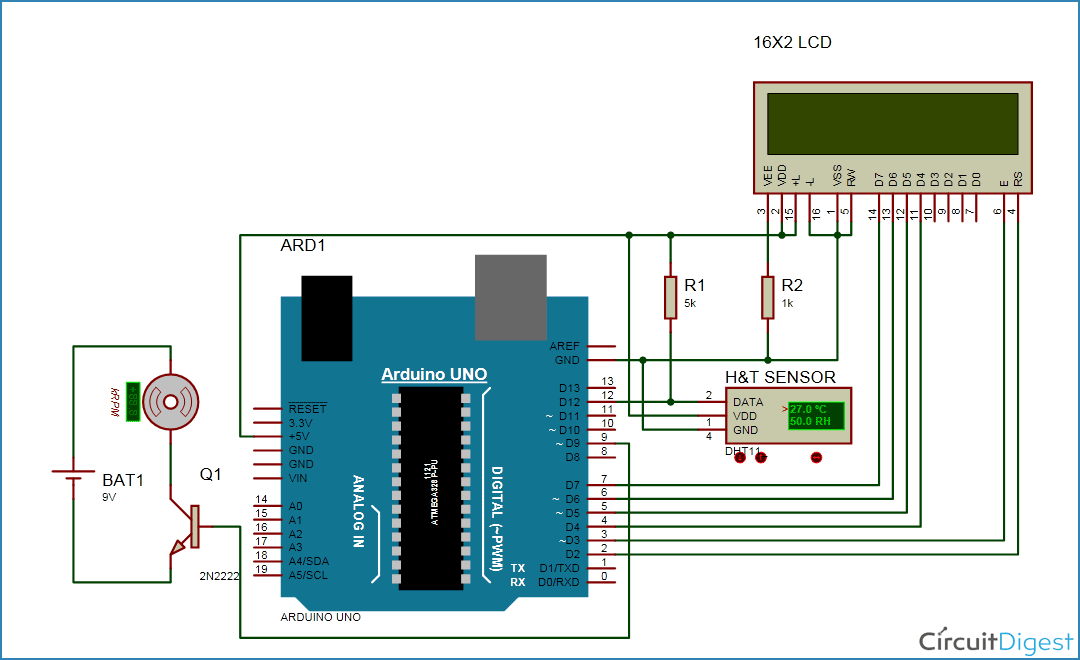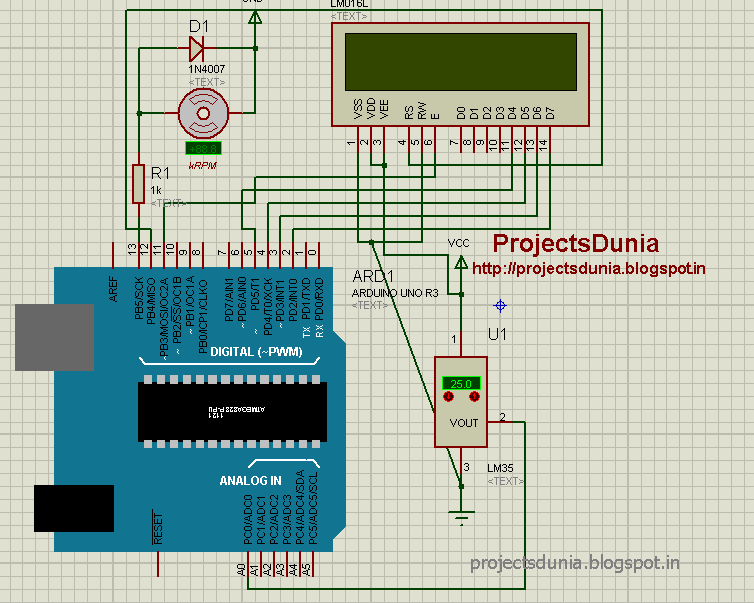Automatic Temperature Controlled Fan Using Arduino

Shabloni voennoj formi dlya foto na dokumenti ukraina youtube. Climb on greatest of the sensual wish, after observing the games and sex pettings of our network models. Each every video is a unequalled oversee to the wonderland of delights. You may secure it all after a fundamental registration. We are bold in every grade of our website, because each of them purpose bring you 100% special pleasure. We bear an feel of tenderness and passion, embrace and lusts, and Erotic entertainment.
Incubator Using Arduino with Automatic Temperature and Humidity control Last Updated on January 13, 2019 by Swagatam In this post we are going to construct an incubator using Arduino which can self-regulate its temperature and humidity. In this arduino based project, we are going to control DC fan speed according to the room temperature and show these parameter changes on a 16x2 LCD display. It is accomplished by the data communications between Arduino, LCD, DHT11 sensor Module and DC fan that is controlled by using PWM.
This application is simple just by using temperature sensor LM35 with an arduino kit to control a fan and change its speed with respect to the temperature read by the micro-controller which in this case is the arduino kit. The temperature sensor LM35 is connected with the arduino with an analog input pin A0 (the temperature is an analog signal), while the fan is connected with a PWM (Pulse Width Modulation) pin 6 which controls the speed of the fan with respect to the output temperature using a function map in the arduino IDE. The Components needed: 1. Temperature Sensor LM35 3. 1K Resistor 4.
Diode 1N4007 5. Dc Motor or a simple DC fan 6. NPN transistor BC547 7. A voltage source with 12Volts 8. Hook up wires 9. Optional: voltage source socket. Schematic •using the NPN transistor BC547 here as a buffer to isolate the first circuit which is the connection to the arduino and the other one with the fan.
•using an inverted PN-junction parallel to the fan to prevent moving current in the opposite direction and make damage to the arduino kit. •using a PWM pin is to modulate the signal given to the fan with respect to the read temperature and by using the map function to control the fan speed. •it is important to put in consideration that the input voltage for the temp sensor is 5v from the arduino itself, and the 12volt voltage given to the motor or fan must be from an external voltage source, in this case we collect all the GND together weather the GND of the arduino and the external voltage source. You might've had this question answered, but for others who are curious - the fan is an inductive load, and the diode therefore serves as a 'flyback diode'. Technically, the fan's motor develops a magnetic field in order to spin.
When the fan suddenly loses power (when you turn it off at the switch), it tries to 'feed itself' using the motor's collapsing magnetic field as its source, instead of the original source - which is now missing. Depending on the magnitude of this field, the inductor creates a negaitve potential where it was once positive, and the inductive load tries to essentially 'force' the voltage across the power switch, creating an arc. This is dangerous for the circuit. A diode is therefore placed across the motor such that the intended source won't bypass the fan when operating, and the inductor will 'power itself down' PROPERLY (until it dies) when the fan is turned off. Hope this helps:).

This paper presents the designs and the simulation of a DC fan control system based on room temperature using pulse width modulation technique, humidity and temperature sensor namely DHT11 with Arduino Uno Microcontroller. The fan will be used to reduce temperature of a room at certain level. To build the fan, we will use DTH11 Humidity Sensor. The sensor will measure the temperature continuously.
When the temperature gets higher from a specific temperature, the fan will be on “On” mode. The speed of the fan will be determined by pwm using pulse-width modulation.
- суббота 06 октября
- 36